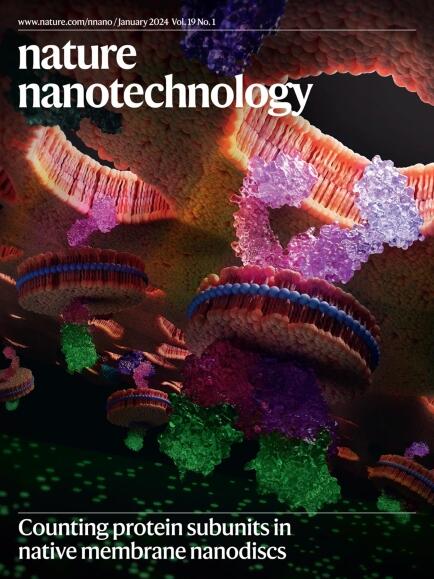基于磁性细胞悬浮的三维组织培养
IF 38.1
1区 材料科学
Q1 MATERIALS SCIENCE, MULTIDISCIPLINARY
引用次数: 534
摘要
细胞培养是药物发现、组织工程和干细胞研究的重要工具。传统的组织培养产生二维细胞生长,其基因表达、信号传导和形态可能与体内不同,这影响了其临床意义1,2,3,4,5。在此,我们报告了一种基于磁悬浮的三维组织培养方法,细胞在由金、磁性氧化铁纳米颗粒和噬菌丝组成的水凝胶中悬浮。通过空间控制磁场,可以操纵细胞团的几何形状,实现不同类型细胞的多细胞聚集共培养。磁悬浮的人类胶质母细胞瘤细胞显示出与人类肿瘤异种移植中观察到的相似的蛋白质表达谱。总之,这些结果表明,使用磁化噬菌体水凝胶进行悬浮三维培养更接近于再现体内蛋白质表达,对于长期多细胞研究可能更可行。利用含有磁性纳米颗粒的水凝胶对细胞进行磁悬浮可形成适合各种多细胞研究的三维组织培养。本文章由计算机程序翻译,如有差异,请以英文原文为准。

Three-dimensional tissue culture based on magnetic cell levitation
Cell culture is an essential tool in drug discovery, tissue engineering and stem cell research. Conventional tissue culture produces two-dimensional cell growth with gene expression, signalling and morphology that can be different from those found in vivo, and this compromises its clinical relevance1,2,3,4,5. Here, we report a three-dimensional tissue culture based on magnetic levitation of cells in the presence of a hydrogel consisting of gold, magnetic iron oxide nanoparticles and filamentous bacteriophage. By spatially controlling the magnetic field, the geometry of the cell mass can be manipulated, and multicellular clustering of different cell types in co-culture can be achieved. Magnetically levitated human glioblastoma cells showed similar protein expression profiles to those observed in human tumour xenografts. Taken together, these results indicate that levitated three-dimensional culture with magnetized phage-based hydrogels more closely recapitulates in vivo protein expression and may be more feasible for long-term multicellular studies. Magnetic levitation of cells with a hydrogel containing magnetic nanoparticles forms a three-dimensional tissue culture suited for various multicellular studies.
求助全文
通过发布文献求助,成功后即可免费获取论文全文。
去求助
来源期刊

Nature nanotechnology
工程技术-材料科学:综合
CiteScore
59.70
自引率
0.80%
发文量
196
审稿时长
4-8 weeks
期刊介绍:
Nature Nanotechnology is a prestigious journal that publishes high-quality papers in various areas of nanoscience and nanotechnology. The journal focuses on the design, characterization, and production of structures, devices, and systems that manipulate and control materials at atomic, molecular, and macromolecular scales. It encompasses both bottom-up and top-down approaches, as well as their combinations.
Furthermore, Nature Nanotechnology fosters the exchange of ideas among researchers from diverse disciplines such as chemistry, physics, material science, biomedical research, engineering, and more. It promotes collaboration at the forefront of this multidisciplinary field. The journal covers a wide range of topics, from fundamental research in physics, chemistry, and biology, including computational work and simulations, to the development of innovative devices and technologies for various industrial sectors such as information technology, medicine, manufacturing, high-performance materials, energy, and environmental technologies. It includes coverage of organic, inorganic, and hybrid materials.
 求助内容:
求助内容: 应助结果提醒方式:
应助结果提醒方式:


